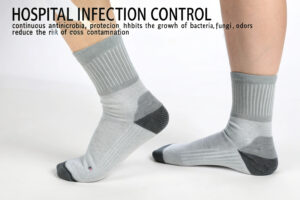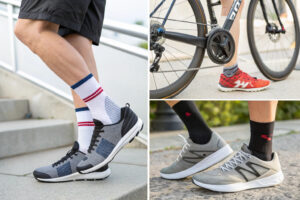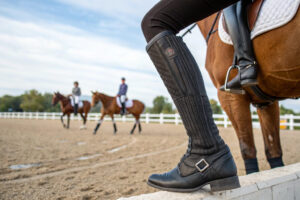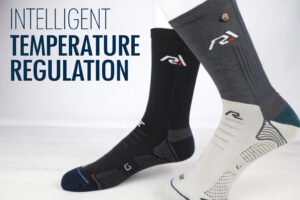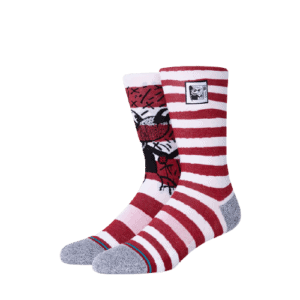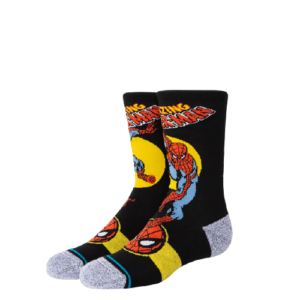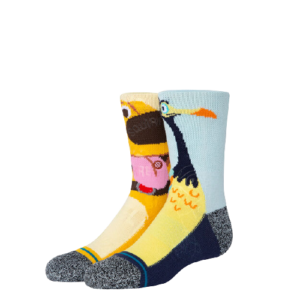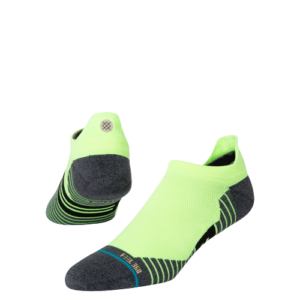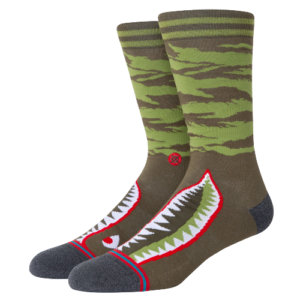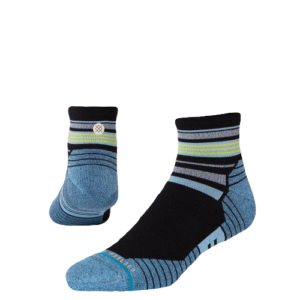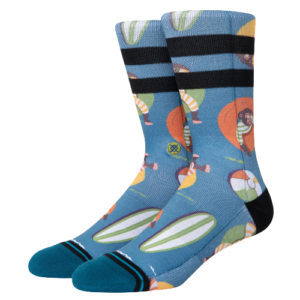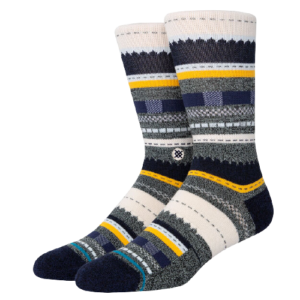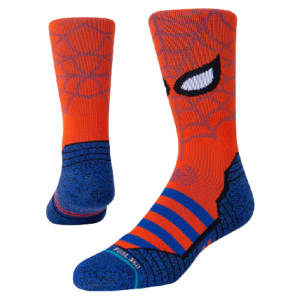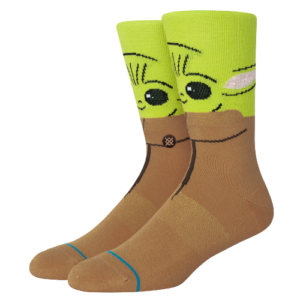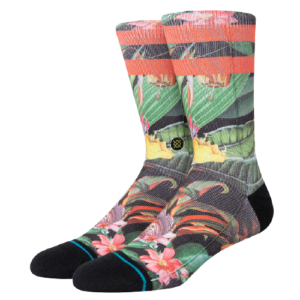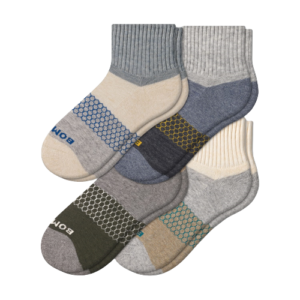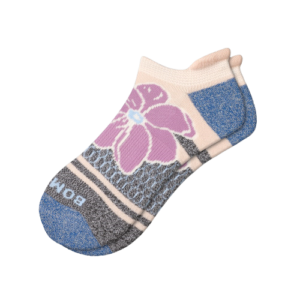Sock buyers and retailers know that no matter how stunning a design looks, if the color fades or bleeds after a few washes, it will cost reputation, returns, and reorders. For us manufacturers, colorfastness is not optional—it’s fundamental.
Colorfastness in sock dyeing is the ability of color to resist fading or transferring due to washing, rubbing, sweat, or exposure to light. Reliable testing is the only way to ensure high color stability.
In this post, I will break down the key testing methods we use in our CNAS-accredited lab to evaluate colorfastness, explain why each matters, and how our clients benefit from certified results. If you’re sourcing socks, this article gives you insight into our quality commitment from yarn to shipping.
What Is Colorfastness and Why Does It Matter?
Understanding colorfastness is the starting point for assessing product quality. Let’s define it clearly.
Colorfastness refers to the resistance of fabric dyes to fading or running during exposure to conditions like laundering, rubbing, perspiration, and sunlight.
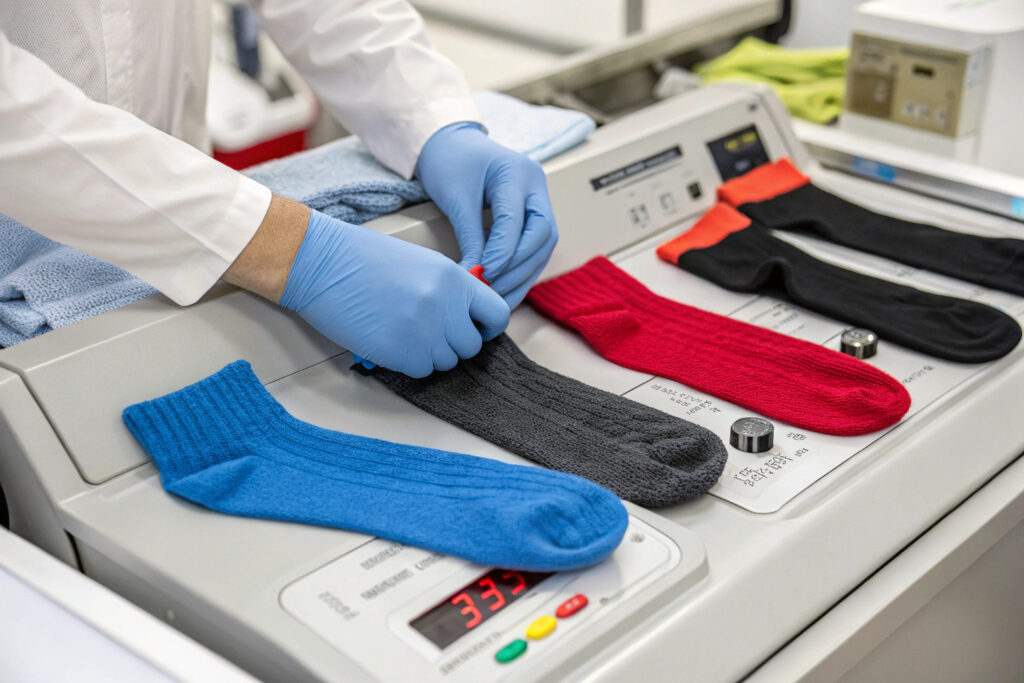
Why Do Some Socks Lose Color After a Few Washes?
Poorly fixed dyes or insufficient finishing can cause dye molecules to break free under heat, detergent, or mechanical action. This leads to discoloration or bleeding, especially in dark or saturated colors. Our lab uses ISO 105-C06 to simulate repeated washes.
Color migration affects brand image. A red sock turning pink in a customer's machine is a disaster. Worse, color transfer to skin or other clothing can cause returns or even legal issues in sensitive markets.
How Does Colorfastness Impact Brand Reputation?
According to the Textile Exchange, colorfastness ranks among the top 5 failure issues in textile QC reports. Brands like H&M set minimum acceptable ratings for each product category. Socks must often achieve a grade of 4-5 (on a 5-point gray scale) for washing and rubbing.
Color inconsistency also complicates reorders and cross-supplier consistency. That’s why professional sock buyers require lab reports with colorfastness ratings on every lot.
What Are the Main Testing Methods for Colorfastness?
Our lab conducts four major tests based on international textile standards.
Each method evaluates how socks react to real-world conditions such as washing, rubbing, sweating, and exposure to light.
What Is the Washing Colorfastness Test?
This is the most common test and simulates domestic or industrial laundering. We follow ISO 105-C06 using standardized soap and temperature settings.
Socks are washed with a control fabric (usually multifiber adjacent fabric) and assessed using the gray scale for color change and staining.
Grades range from 1 (poor) to 5 (excellent). We require at least a 4 for all export orders, especially for darker tones.
How Is Rubbing Fastness Evaluated?
Also known as "crocking resistance," this test assesses how much color rubs off when the sock is dry or wet and comes in contact with another material. We use a crockmeter as per ISO 105-X12 or AATCC TM8.
The test is critical for fashion socks worn with white shoes or high-friction areas like heels. We aim for Grade 4 on dry rubbing and Grade 3+ on wet rubbing for all products.
How to Read and Use Lab Colorfastness Reports?
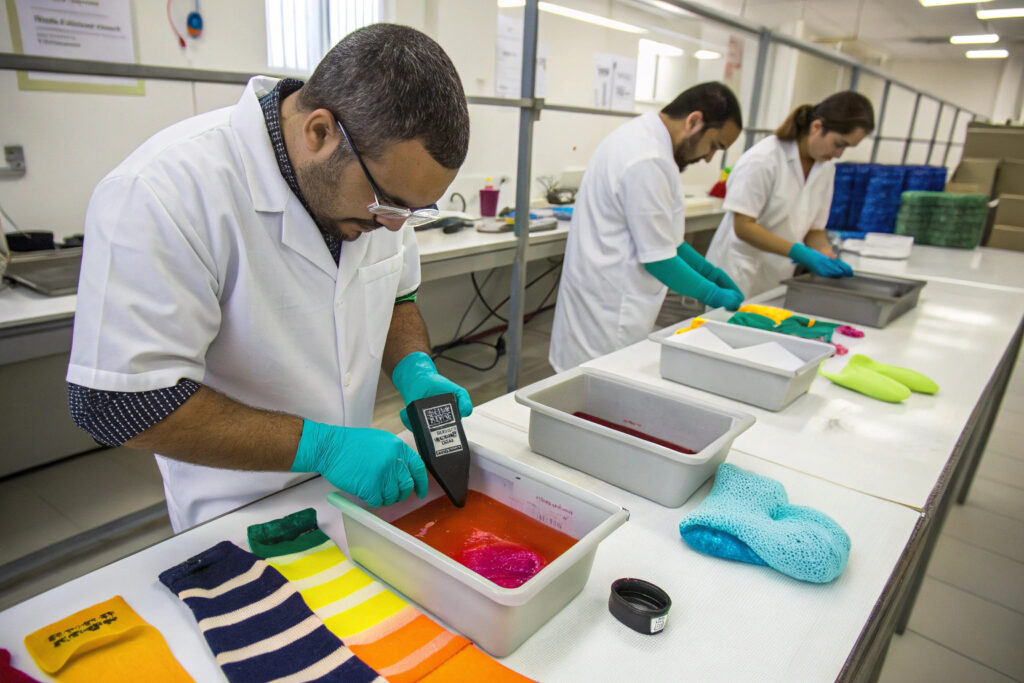
Sock QC reports on a table, showing grayscale charts, testing instruments, and digital lab readouts. Technicians circle results on printed reports. Socks in multiple bright colors placed beside reports. Close-up and realistic lighting.
It’s not enough to do the tests. Results must be reported clearly and shared transparently with buyers.
A professional colorfastness report includes test methods, grades, adjacent fabric results, and visual grayscale samples.

What Should You Expect in a Standard Lab Report?
Our reports comply with CNAS accreditation standards and follow ISO documentation structure. You’ll see:
- Product reference and batch number
- Test methods (ISO or AATCC)
- Test conditions (temperature, duration)
- Grades for color change and staining
- Tester signature and report ID
Some clients also request photographic comparisons to see before/after samples.
How Do Buyers Use These Reports in Sourcing?
Buyers use these reports to:
- Approve or reject production lots
- Compare performance between suppliers
- Align QC standards across multiple factories
- Avoid import issues with customs or retailers
In fact, Walmart’s Supplier Standards require passing scores on tests like wash fastness before shelf placement. Having these reports protects your brand from hidden failures.
How Do Dyeing Techniques Affect Sock Colorfastness?
Different dyeing techniques produce different fastness results.
Yarn dyeing and reactive dyeing typically provide better color stability than pigment or direct dyeing.
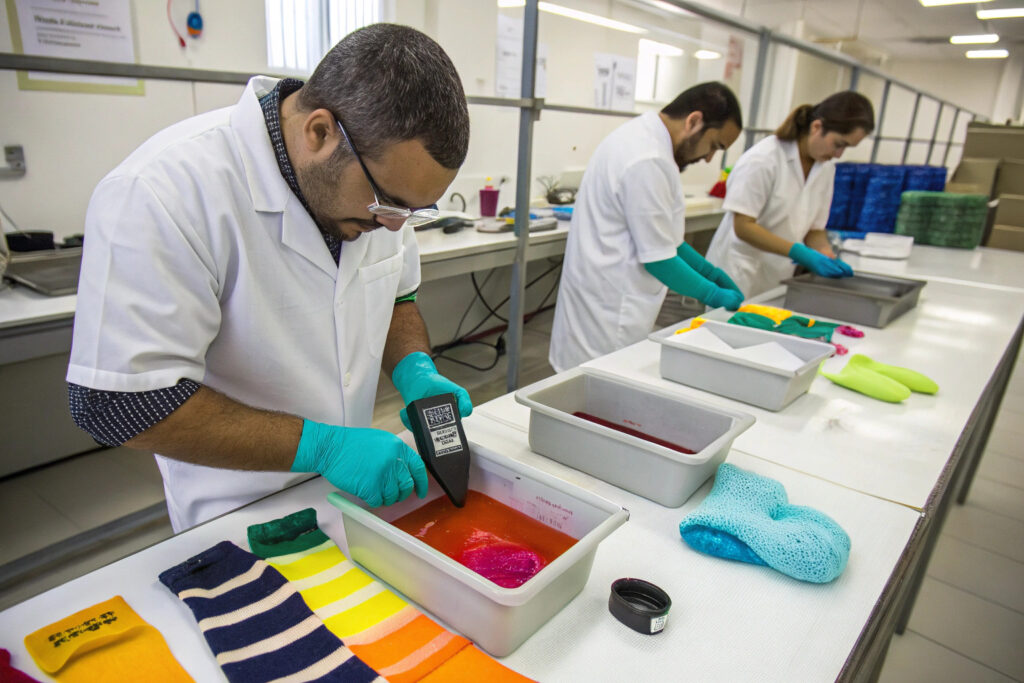
Is Yarn Dyeing Better for Long-Lasting Color?
Yes. In yarn dyeing, color is applied to the yarn before knitting. This allows better penetration and bonding. It also enables more uniform color appearance and superior resistance to washing and UV fading.
For example, our bamboo socks dyed with reactive dyes maintain color at Grade 4-5 even after 30 washes.
What About Digital Printing on Socks?
Digital print is popular for customized fashion socks, but colorfastness depends on ink type and pre-treatment. We use sublimation ink for polyester socks, which fuses color directly into fibers.
However, digital prints on cotton or blends using pigment ink may only reach Grade 2–3 unless post-treated with fixatives. This limits usage to casual or novelty socks.
How Do We Guarantee Colorfastness Across Orders?
We don't just rely on one-time lab tests. Our entire system ensures consistency from start to finish.
GlobalSock ensures colorfastness by combining certified lab testing, inline QC, and QR-code tracking at the batch level.
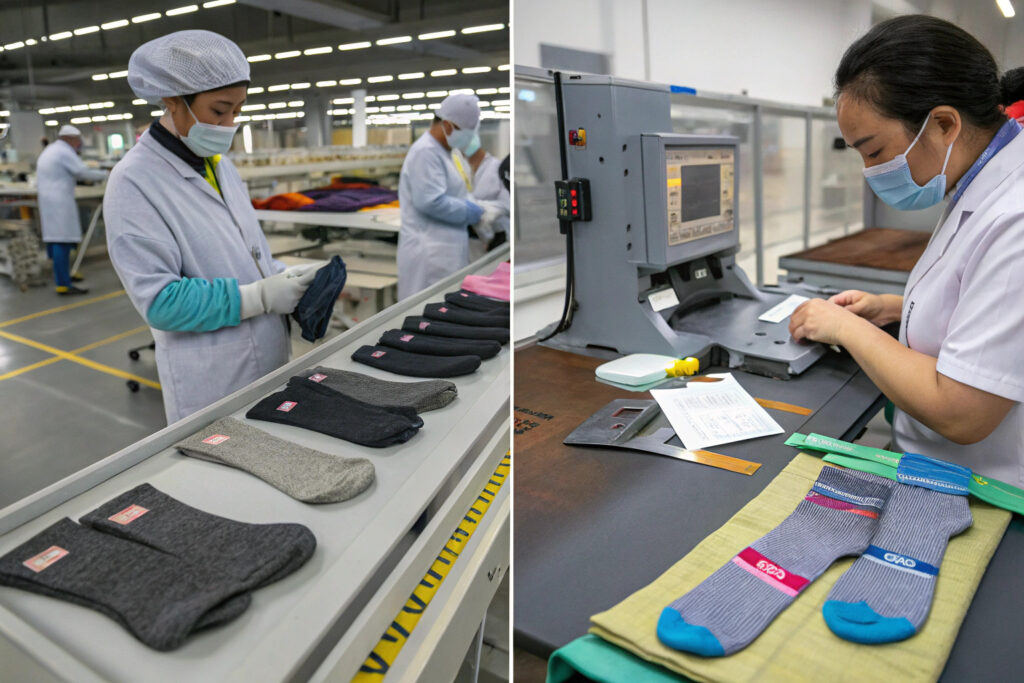
What Role Does Inline Quality Control Play?
In addition to post-dyeing lab tests, we:
- Inspect every dye lot visually under D65 lighting
- Use hand-held color spectrophotometers for shade matching
- Cross-reference with master lab dips approved by the buyer
- Randomly re-test 10% of bulk production before packing
This reduces color disputes by over 90% compared to factories with no inline color QC.
How Does QR Code Tracking Support Colorfastness?
We assign a unique QR code to every batch, linking it to:
- Dyeing process data
- Lab test results
- Fabric shrinkage and tensile reports
- Shipping details
Buyers can scan the code and access real-time information via our digital portal. It creates transparency and traceability, which large brands increasingly require. Learn more about traceability from OEKO-TEX®.
Conclusion
Ensuring colorfastness in sock dyeing is not just about passing lab tests—it's about building a system that starts with the right dyes and finishes with proven reports. At GlobalSock, we back our production with a CNAS-accredited lab, inline controls, and digital tracking so clients like you can trust every shipment. Whether you’re a fashion buyer, distributor, or private label owner, color performance is your reputation. Let us protect it with science and consistency.


